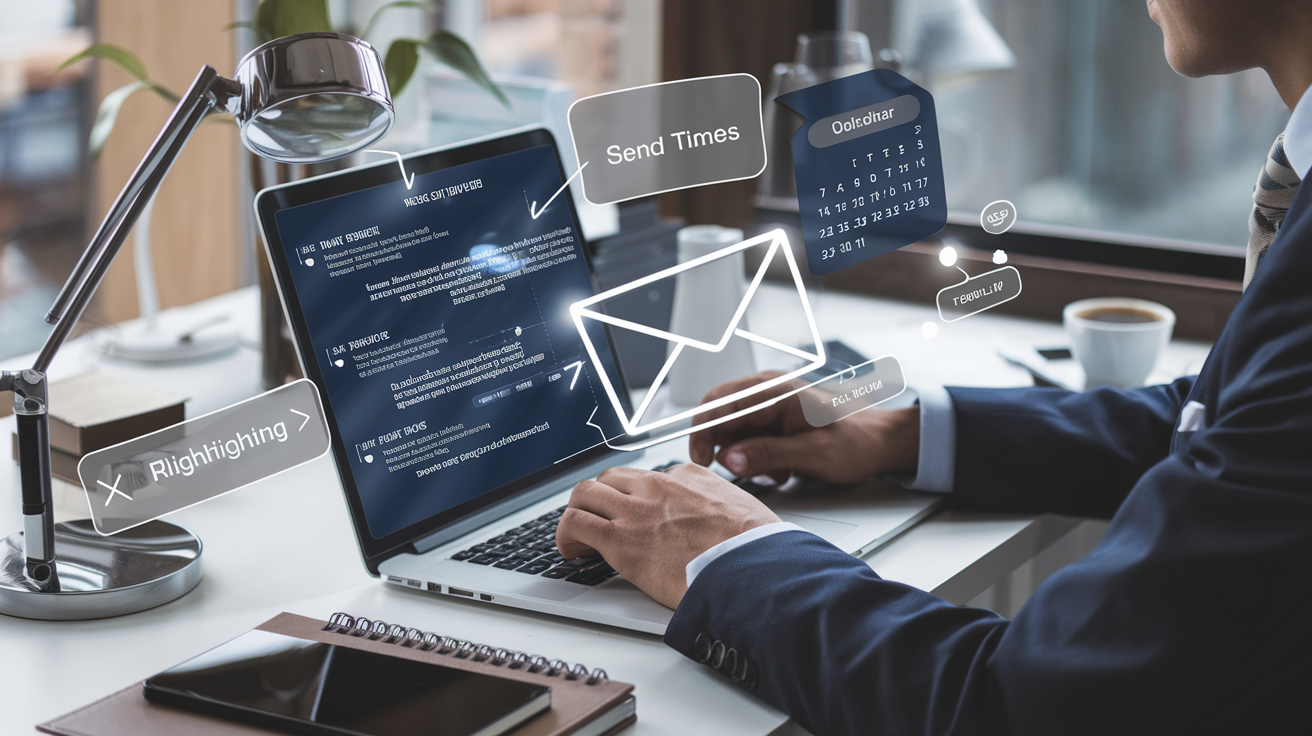
Effective Strategies for Crafting a Professional Email
Effective Strategies for Crafting a Professional Email
Welcome to a comprehensive guide on crafting professional emails. In today's tech-savvy world, email remains a crucial communication tool, especially in the professional realm. Whether you are reaching out to a potential employer, collaborating with colleagues, or networking with industry professionals, knowing how to compose a polished email can make a significant difference. Let's dive into some effective strategies that will help you master the art of crafting professional emails.
1. Understand Your Audience
Before you start drafting your email, take a moment to consider your audience. Tailoring your message to suit the recipient's preferences, position, and communication style can enhance the effectiveness of your email. Whether you are addressing a senior executive, a peer, or a client, adjusting your tone and level of formality accordingly can help you make a positive impression.
2. Clear and Concise Subject Line
The subject line is the first thing your recipient sees, so make it count. A clear and concise subject line that summarizes the content of your email will entice the recipient to open it. Avoid vague or misleading subject lines, as they can lead to your email being overlooked or marked as spam.
3. Professional Greeting
Start your email with a professional greeting that addresses the recipient by name if possible. Whether you use "Dear Mr./Ms. [Last Name]" or a more casual "Hello [First Name]," a personalized greeting sets the tone for the rest of your message.
4. Body of the Email
When composing the body of your email, keep your message clear, concise, and focused. Use short paragraphs and bullet points to break up large blocks of text, making it easier for the recipient to read and digest the information. Be courteous, respectful, and to the point in your communication.
5. Call to Action
Clearly state the purpose of your email and include a specific call to action. Whether you are requesting a meeting, seeking feedback, or following up on a previous conversation, make it easy for the recipient to understand what you expect from them and how they should respond.
6. Professional Closing
End your email with a professional closing that reflects the tone of your message. Common closings include "Sincerely," "Best regards," or "Thank you." Remember to sign off with your name and any relevant contact information, such as your phone number or email address.
7. Proofread and Edit
Before hitting send, take a moment to proofread your email for any spelling or grammatical errors. A well-written email demonstrates attention to detail and professionalism. Consider using tools like Grammarly or asking a colleague to review your email for feedback.
Common Mistakes to Avoid:
- Overlooking the Subject Line: A vague or uninformative subject line can lead to your email being ignored.
- Ignoring Tone and Formality: Failing to adjust your tone and level of formality based on the recipient can impact how your message is received.
- Being Overly Wordy: Long, convoluted emails can be overwhelming and may cause the recipient to lose interest.
- Forgetting to Proofread: Spelling and grammatical errors can detract from your professionalism and credibility.
By following these effective strategies and avoiding common pitfalls, you can enhance your email communication skills and make a positive impression on your recipients. Remember, crafting a professional email is not just about conveying information—it's also about building relationships and fostering effective communication.
For more tips on enhancing your professional communication skills, check out our article on Mastering the Art of Writing.
4 comments
Charles KateMay 16, 2020
Fusce ornare mollis eros. Duis et diam vitae justo fringilla condimentum eu quis leo. Vestibulum id turpis porttitor sapien facilisis scelerisque. Curabitur a nisl eu lacus convallis eleifend posuere id tellus.
Thirteen ManMay 20, 2020
In porta urna sed venenatis sollicitudin. Praesent urna sem, pulvinar vel mattis eget.
Belisimo MamaMay 16, 2020
Nullam nec pharetra nibh. Cras tortor nulla, faucibus id tincidunt in, ultrices eget ligula. Sed vitae suscipit ligula. Vestibulum id turpis volutpat, lobortis turpis ac, molestie nibh.
Thirteen ManMay 22, 2020
Mauris sit amet justo vulputate, cursus massa congue, vestibulum odio. Aenean elit nunc, gravida in erat sit amet, feugiat viverra leo.